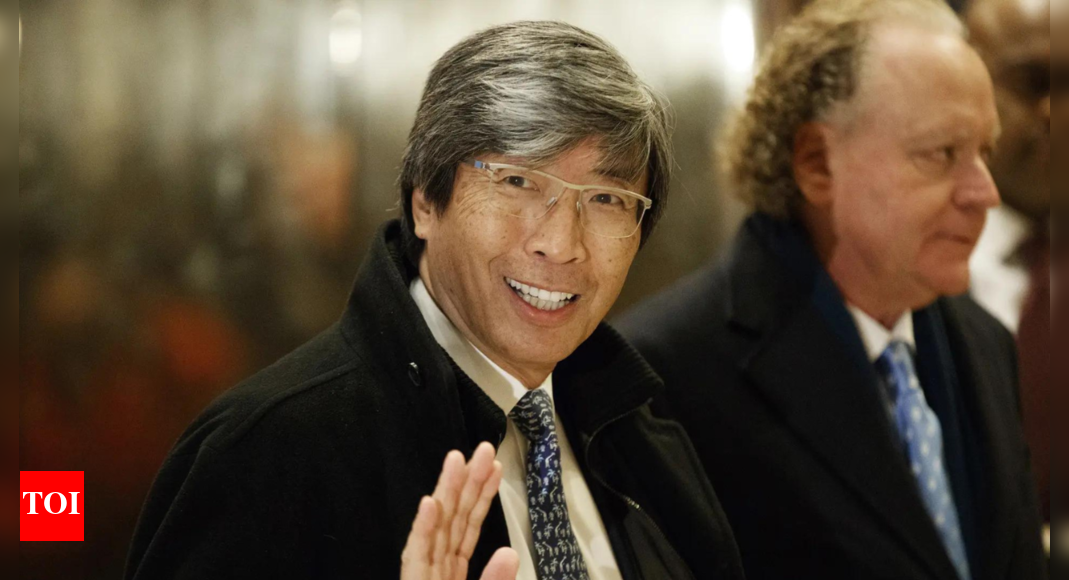Disagree with a Columnist? The Los Angeles Times Provides AI-Generated Alternative Perspectives

Changes at the Los Angeles Times: A Shift in Opinion Coverage
In a recent commentary for the Los Angeles Times, columnist Matt K. Lewis discussed what he perceives as increasing callousness within the second Trump administration, particularly in the context of deportation policies and budget cuts. Lewis pointed out that normalizing cruelty could have far-reaching consequences, stating, "Once you normalize cruelty, the hammer eventually swings for everyone, even those who thought they were swinging it." His views, however, were accompanied by an AI-generated summary of his column and an opposing viewpoint, which the Times had started offering to its readers.
New Features in Opinion Sections
For several weeks, Los Angeles Times online users have had the opportunity to engage with a feature labeled "Insights." This function assesses the political alignment of opinion pieces—in Lewis’s case, it categorized his column as "center-left." After this designation, the AI-generated summary provided a viewpoint that argued restricting birthright citizenship is part of addressing perceived abuses of immigration rules, suggesting it safeguards American workers and resources.
This change is part of a broader strategy introduced by Dr. Patrick Soon-Shiong, the owner of the Los Angeles Times. His goal is to diversify the perspectives represented in the opinion section, moving away from its traditionally liberal stance. Critics argue that this initiative may be an attempt to gain favor with the Trump administration.
Rethinking Editorial Direction
Dr. Soon-Shiong purchased the Los Angeles Times in 2018 and has expressed a desire to reform the editorial board, which is responsible for writing the paper’s opinion pieces. He has previously blocked the newspaper from endorsing any Democratic presidential candidate, stating that an echo chamber—where only one viewpoint is presented—is detrimental. "If you just have one side, it’s just going to be an echo chamber," he reiterated in a recent interview.
This shift has sparked reactions from both staff members and the readership. Three of the six editorial board members resigned in protest over the decision not to endorse Kamala Harris for president, a decision that some see as revealing a larger intent to push the paper’s viewpoints to be more aligned with conservative opinions.
Controversy Surrounding AI-driven Features
The "Insights" feature has encountered some controversy since its introduction. Initially, readers took issue with its labeling system, arguing that a "bias meter" oversimplifies complex opinions. Former editorials editor Mariel Garza suggested this could be offensive to both readers and writers. In her view, categorizing opinions in simplistic terms based on political alignment is an insult to the intelligence of the readership.
The AI-generated responses sometimes have drawn criticism for their detached tone. For instance, when addressing a column about the Ku Klux Klan rally in Anaheim, the AI’s summaries faced backlash for seemingly downplaying the hateful nature of the group by framing it within the context of "white Protestant culture." Some felt such interpretations diluted the serious implications of events associated with the Klan’s history.
The Future of Opinion Writing
While the ongoing changes at the Los Angeles Times initiate discussions about perspective diversity, some writers and observers suggest a more effective way forward would be to hire additional columnists rather than rely on AI-generated features. Media columnist Margaret Sullivan cautioned that there is a risk that Soon-Shiong’s efforts could inadvertently support a shift towards right-leaning perspectives in the paper’s coverage.
On the other hand, journalist Matt K. Lewis, who self-identifies as a Reagan Republican, expressed a measured take on the new system. He appreciated that the "Insights" feature could provide context and counterpoints, despite the potential for his ideology to be mischaracterized.
This discussion around editorial policies and AI-generated commentary reflects the ongoing tensions in media today as organizations grapple with how to present diverse viewpoints while maintaining journalistic integrity.






